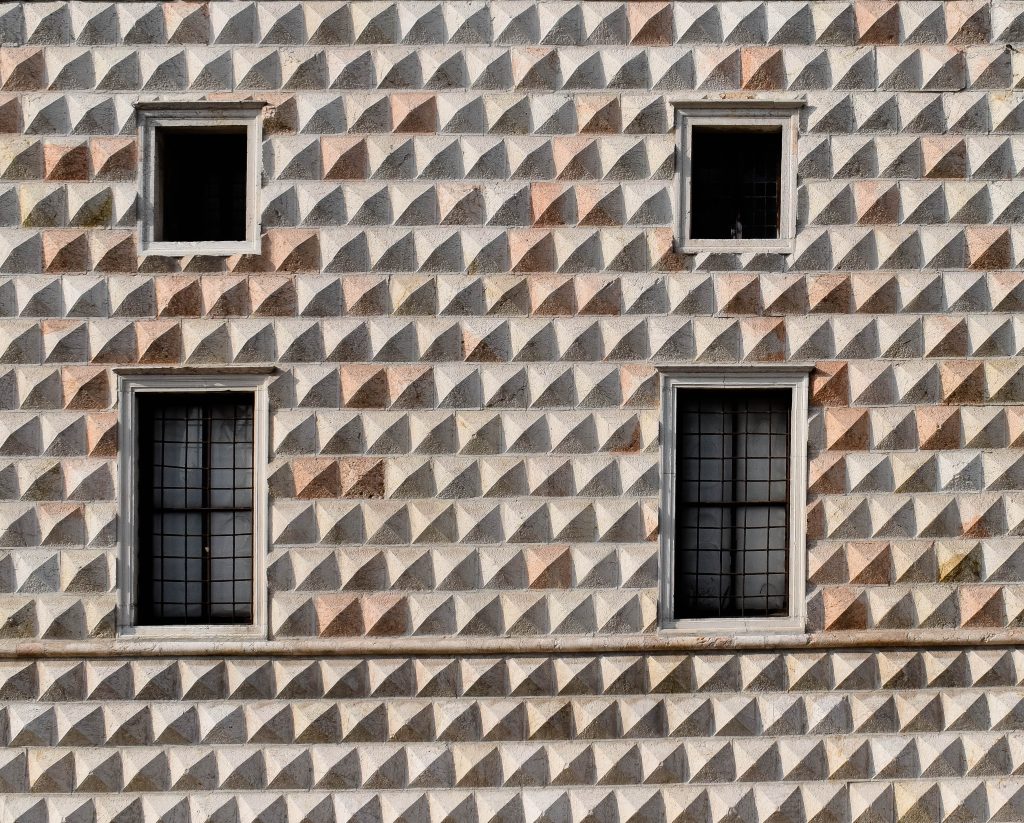Ferrara and its hidden treasures
Welcome to Ferrara, the hidden gem of Emilia-Romagna. Get ready for a journey through its medieval streets and secret corners, where every stone tells a millennia-old story.
From majestic castles to magnificent Renaissance churches, Ferrara is an open-air museum that will astonish you at every step.
You’ll discover why this city has been declared a UNESCO World Heritage Site as you immerse yourself in its culture, art, and history.
Prepare to be enchanted as you travel through Ferrara’s hidden treasures.
What to eat
In Ferrara, every bite is a culinary experience that embraces centuries of Emilian gastronomic tradition. Enjoy the famous pumpkin tortelli (tortelli di zucca), egg pasta filled with delicious pumpkin seasoned with Parmesan and nutmeg, served with ragù or simply butter and sage.
You cannot leave the city without trying the “salama da sugo,” a sausage made from pork meat, traditionally used in Ferrarese recipes like the famous “salama da sugo con i bòscoli.”
Don’t miss tasting the local specialties, like the “coppia ferrarese,” a light and fragrant bread with a central body and two rolled-up crusts ending in a point, or the “torta tenerina,” also known as “tacolenta” in Ferrara, a sticky cake made of dark chocolate and butter without the addition of yeast.
With such a rich and varied cuisine, Ferrara promises an unforgettable gastronomic journey for every palate.
Local customs, tradition and festivities
The Palio of Ferrara has roots that delve deep into the city’s medieval traditions. Although legend suggests an origin linked to the victory of Marquess Azzo VII Novello d’Este in the Battle of Cassano d’Adda in 1259, primary historical sources indicate that the first official equestrian competitions date back to 1279, when they were codified in the Municipal Statutes.
The races took place on specific occasions such as the feast day of St. George, the city’s patron saint, on April 23, and the Assumption on August 15, with prizes including fabric drapes, porchetta, roosters, and other animals. These celebrations continued for centuries, even during extraordinary events like the Po River floods, demonstrating the resilience and importance of tradition in the city’s social fabric.




